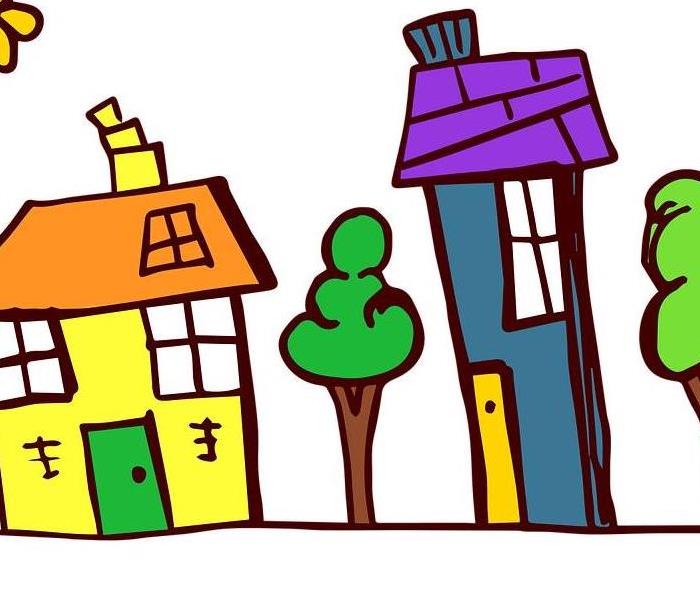Water Damage Prevention in Residential Homes
9/29/2019 (Permalink)
Temperature extremes can also contribute to flooding as pipes can become weakened and burst, particularly in the cold of winter. You can help to mitigate this by installing frost-proof faucets and by allowing a small amount of water to drip from faucets at all times, especially if you are going to be away for any length of time. This will prevent the pipes from freezing.
When it comes to protecting your basement from flooding, you may want to check the slope of your landscaping and pavement to ensure that water is draining properly.
As pavement ages it can become weakened and cracked, causing it to direct water toward the foundation of your house rather than draining it outward. Landscaping that is weather-worn can have the same effect, all of which can lead to water collecting in your basement every time it rains.
Cracked or worn pavement should be repaired and properly sealed in order to provide a smooth, even surface that slopes away from the house. In terms of landscaping, you should fill in any gaps to even off the surface and when possible use a clay-based soil that repels water rather than sand-based soil that absorbs it.
Of course, water damage prevention in residential homes doesn’t end outside. There are also steps you can take in your basement to help mitigate problems, such as installing a sump pump to help remove any water build-up.






 24/7 Emergency Service
24/7 Emergency Service
